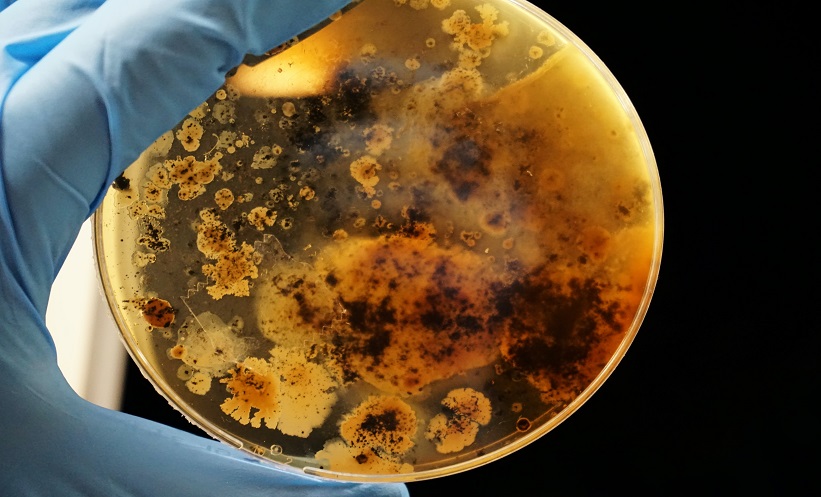FOOD allergy affects up to 26 million members of the European population and poses a substantial public health burden. Fortunately, researchers from the University of Chicago, Chicago, Illinois, USA, and Stanford University, Stanford, California, USA, have identified faecal microbiome and metabolome differences in healthy and food-allergic twins. It is hoped that such breakthroughs will ultimately pave the way for more efficient treatment.
Faecal samples were collected from a unique, well-controlled cohort of 18 twin pairs concordant or discordant for food allergy. Subsequently, an analytical approach combining 16S rRNA gene amplicon sequencing with liquid chromatography tandem mass spectrometry metabolomic profiling was performed. When discussing the strengths of the methodological approach, corresponding author Dr Cathryn Nagler noted: “By studying twin pairs, we had the benefit of examining genetically identical individuals who grew up in the same environment, which allowed us to begin to parse out the influence of genetic and environmental factors.” Dr Nagler further stated: “We harnessed the benefits of both high-throughput microbiome sequencing and metabolic profiling techniques, and were able to nominate two specific species, each involved in distinct metabolic pathways, that can be prioritised as potential targets for future research and therapeutic interventions in food allergies.”
The study identified 64 operational taxonomic units (OTU) that distinguished healthy and allergic twin groups; OTU enriched in individuals without allergies were predominantly taxa from the Clostridia class. At the species level, the integrated microbial-metabolomic analysis identified a significant association between healthy twins and Phascolarctobacterium faecium and Ruminococcus bromii. This finding was of particular interest since it indicates new possibilities for the role of gut microbiome modulation in the prevention and treatment of paediatric food allergies. Finally, distinct metabolic pathways were shown to be enriched in each group. Elevated levels of diacylglycerol recorded in nonallergic individuals could potentially serve as a readily measurable faecal biomarker of health, making this a further notable finding.
Despite the study’s relatively small sample size, the results are directly applicable to future research projects. Commenting on the relevance of the research findings, Dr Nagler stated: “This research is important as one of the key bricks in knowledge of the human microbiome that needs to be laid down.”








